Most gardeners pack up their tools the moment temperatures drop, convinced their growing season has ended. Wrong move. While your neighbors watch their gardens turn brown and barren, you could be harvesting crisp lettuce, sweet carrots, and nutrient-dense kale well into winter—and sometimes straight through it.
Cold-hardy vegetables laugh in the face of frost. Some actually taste better after a freeze, converting starches to sugars as a survival mechanism. The result? Sweeter parsnips, more flavorful Brussels sprouts, and spinach so tender it’ll ruin the grocery store variety for you forever.
The trick isn’t complicated: plant the right vegetables at the right time. Fall and winter gardens need less water, face fewer pests, and demand minimal attention.
You’ve got a narrow window right now to get these cold-loving crops in the ground. Miss it, and you’ll be stuck with whatever wilted produce the supermarket offers until spring.
1. Garlic (Survives to -30°F)
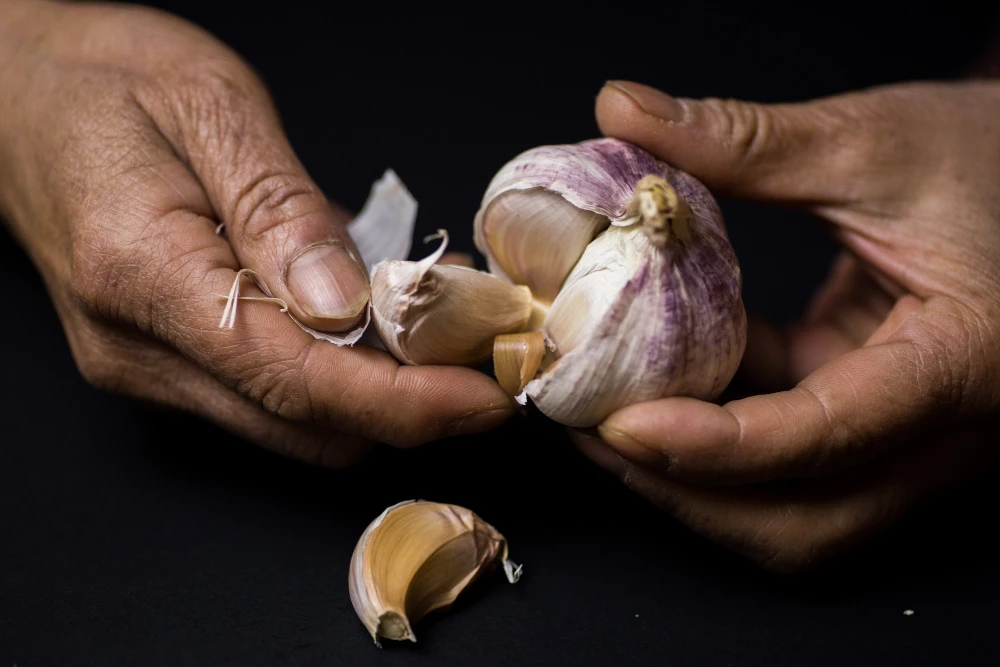
This is the toughest vegetable you can grow. Garlic needs cold weather to form proper bulbs. Plant individual cloves in fall, and they’ll sit under snow all winter.
When to plant: 2-4 weeks before your first frost
How to plant: Push cloves into soil 4-6 inches apart, pointed end up. Cover with 4-6 inches of mulch.
Harvest: Next June or July when leaves turn brown
Any hardneck garlic variety works. They’re built for brutal winters.
2. Parsnips (Hardy to 0°F)
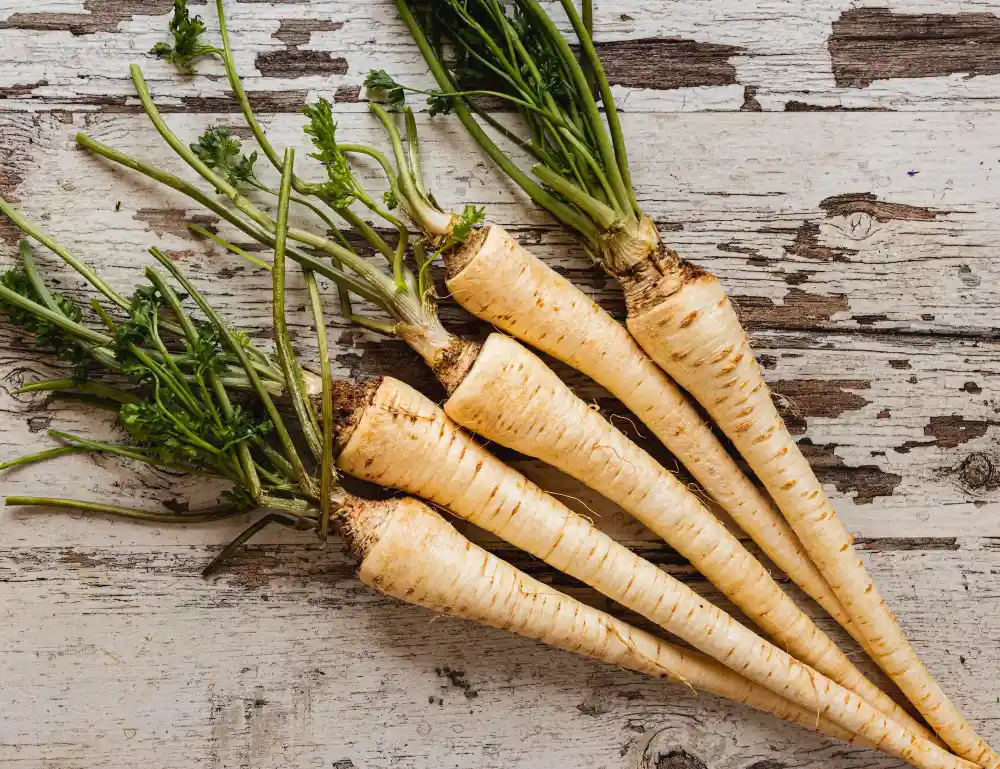
These root vegetables get sweeter every time it freezes. Leave them in the ground all winter and dig them up as you need them.
Growing time: 120+ days (plant in spring for winter harvest)
The trick: Mulch heavily so the ground doesn’t freeze solid. Then you can dig them up even in January.
Parsnips in December taste like candy compared to parsnips in September.
3. Collard Greens (Hardy to 5°F)
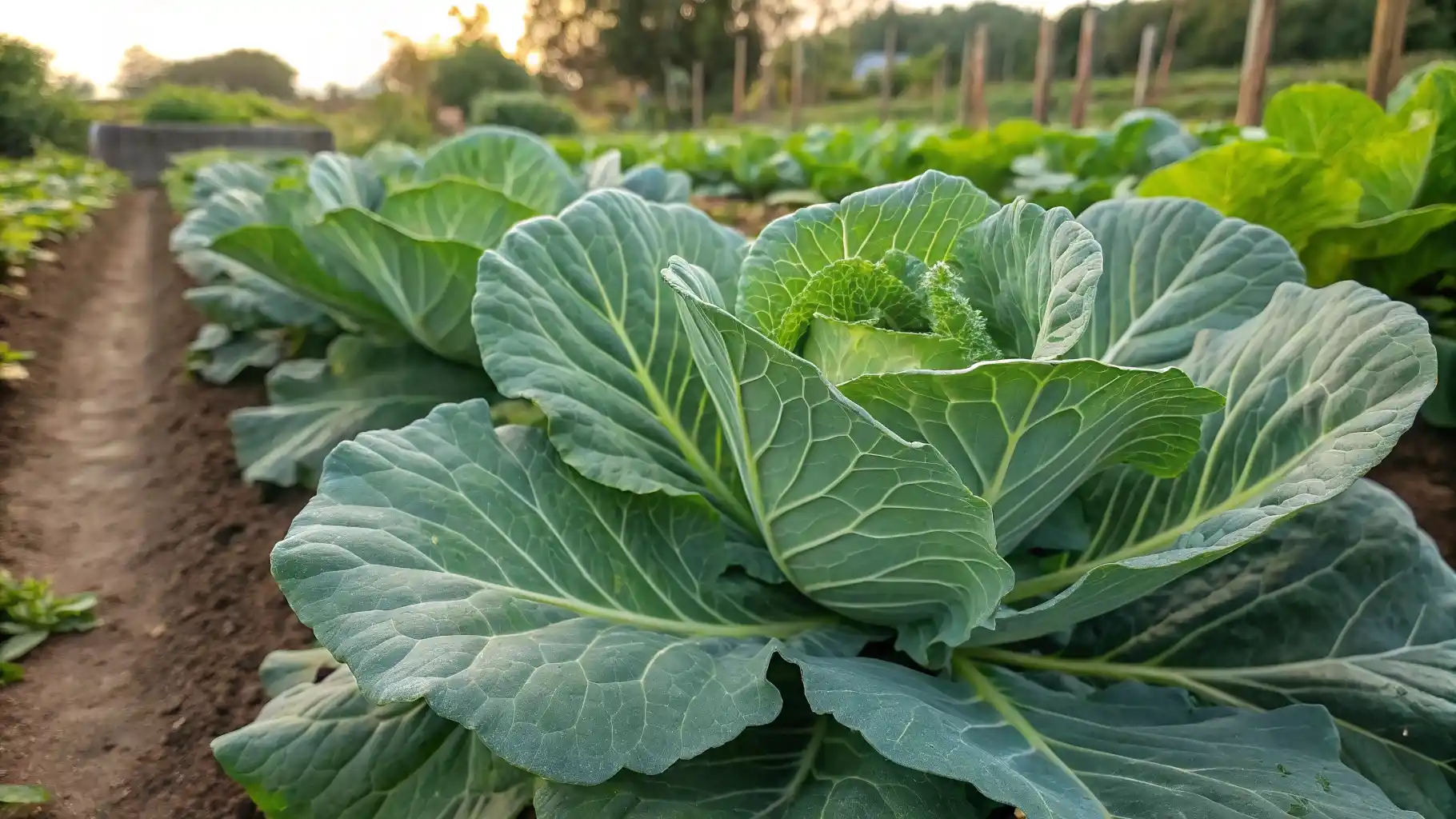
The toughest leafy green you can grow. Collards laugh at temperatures that kill other vegetables. Those big, waxy leaves can handle almost anything winter throws at them.
Best variety: Champion (ready in 60 days)
When to plant: Late summer for fall and winter harvest
Why they’re better than kale: More cold-resistant and less bitter after frost
4. Mache (Corn Salad)
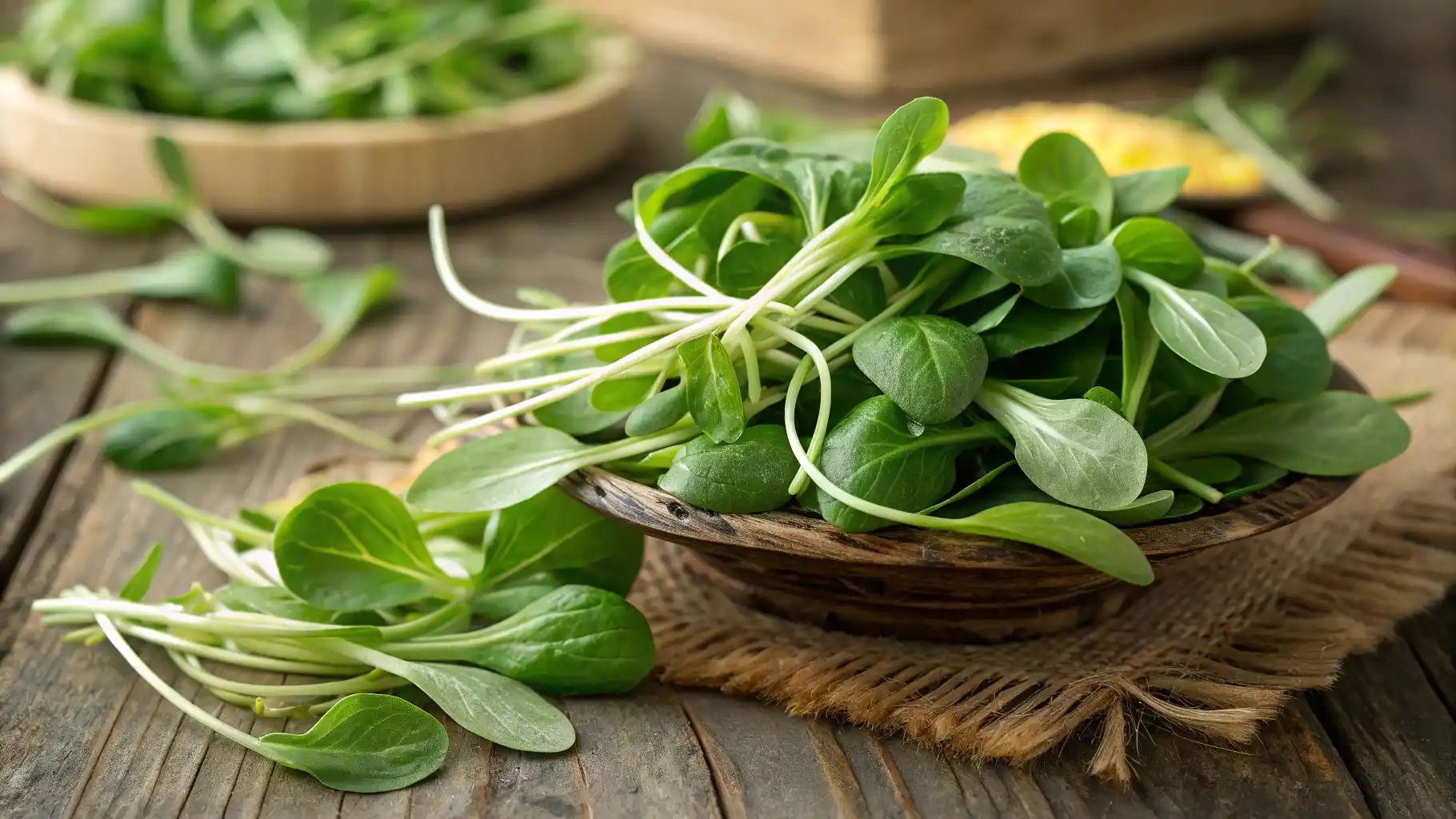
Also called corn salad. This little green survives brutal cold and gives you fresh salad leaves all winter.
Growing time: 60 days
Best varieties: Vit, Green Heart, Verte de Cambrai
The catch: Plants stay small, so plant a lot of them
Some gardeners say mache is the first thing that pops up in spring if you let it overwinter.
5. Kale (Hardy to 10°F)
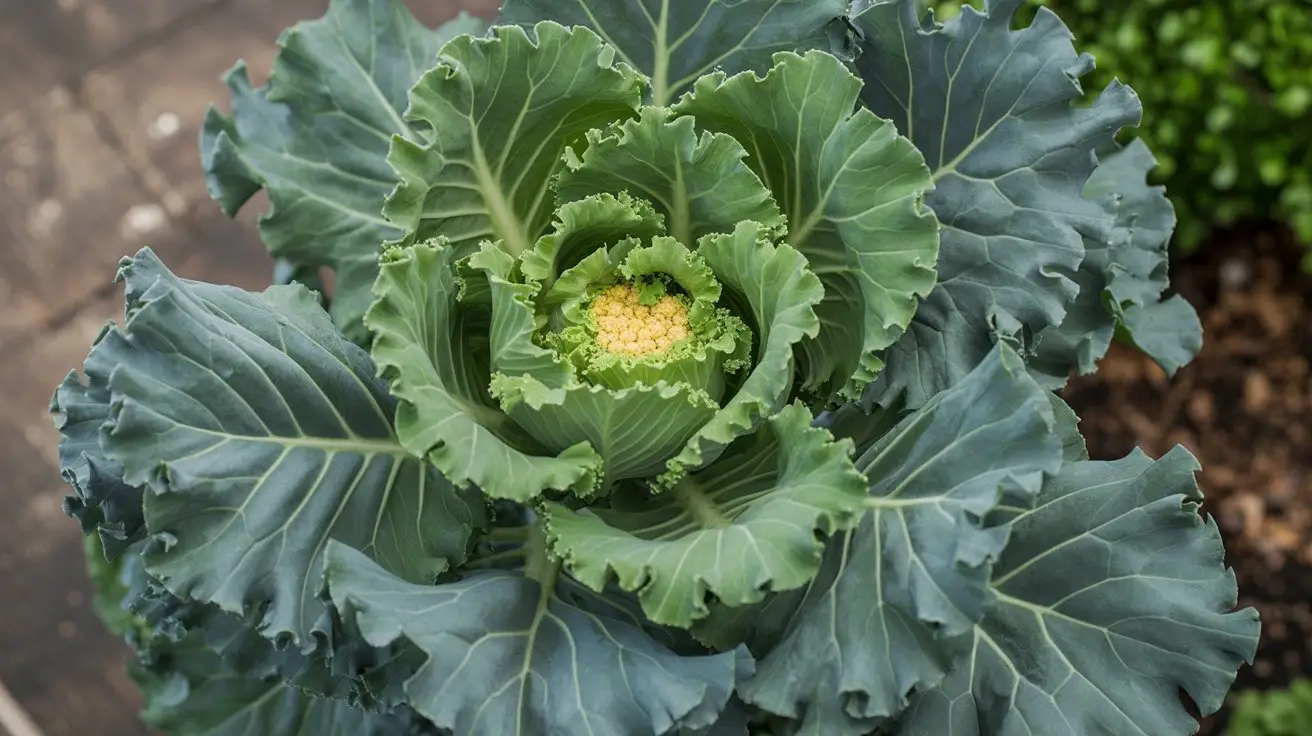
Frost makes kale leaves sweeter. After the first freeze, the bitterness disappears. With row cover protection, kale survives down to 15°F or lower.
Best cold varieties: Lacinato (Dinosaur), Winterbor, Blue Curled Scotch, Vates
When to plant: Early August from starts
Spacing: 18 inches apart, 4-5 plants for a family
How to harvest: Pick outer leaves continuously. The plant keeps making new ones in the center.
Time to harvest: 45-60 days from seed
Kale in winter has more vitamins and antioxidants than summer kale.
6. Brussels Sprouts (Hardy to 10°F)
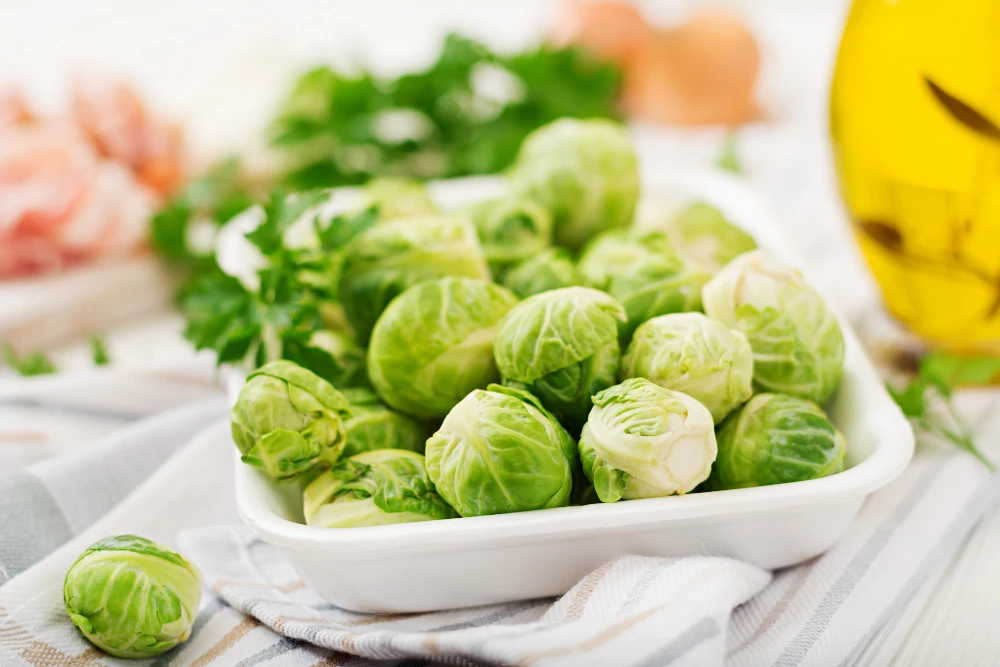
These need the cold. Brussels sprouts taste terrible in summer but amazing after frost. The cold triggers them to convert starches into sugars.
Important: Plant early (July-August) because they take 90-110 days to mature
How to harvest: Start at the bottom of the stalk and work your way up after frost hits
The mini cabbage-like buds grow better in cold weather than warm.
7. Leeks (Hardy to 10°F)
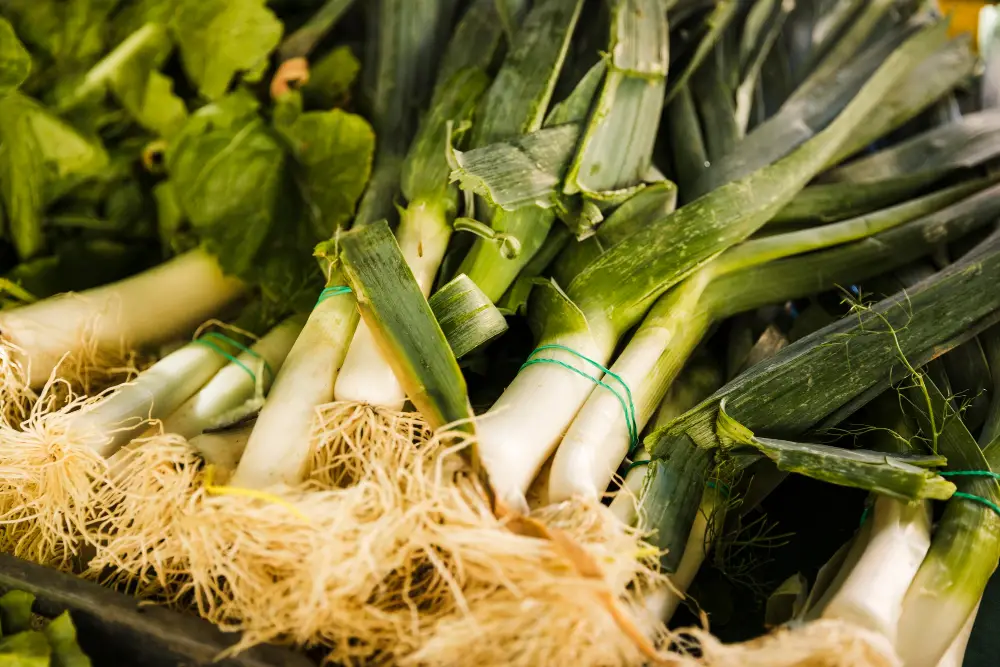
Often the last vegetable standing in a winter garden. Leeks just sit there through snow and ice, waiting for you to dig them up.
Best varieties: King Richard, Tadorna
When to plant: Mid-June to July from starts
Special step: Hill soil around the plants 6 weeks after planting. This makes the white part longer.
Perfect for winter soups and roasted vegetables.
8. Onions and Shallots (Hardy to 10°F)
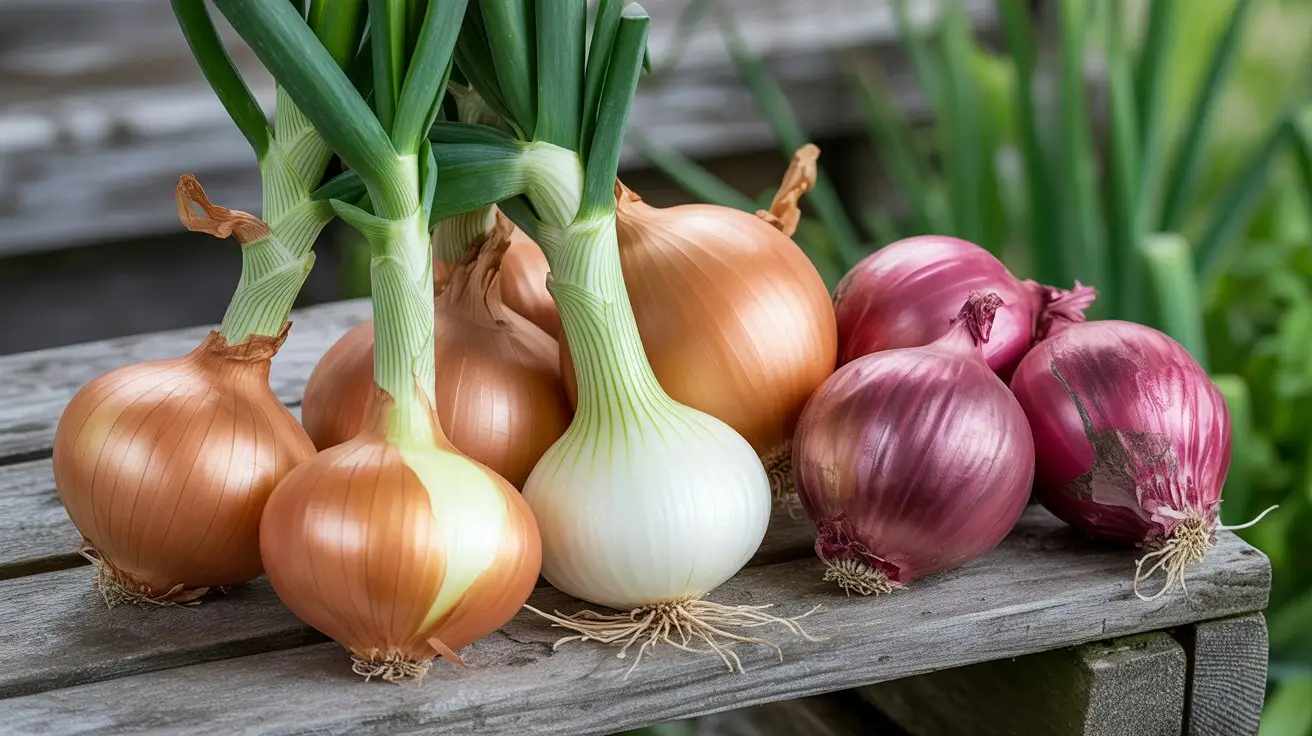
Frost won’t kill onions. Snow won’t kill them. They stop growing when it gets really cold, then start again in spring.
For onions: Plant sets or starts in fall for spring harvest
For shallots: Plant bulbs 1-2 inches deep in autumn after the first frost
The requirement: Well-drained soil. Wet, frozen soil will rot them.
9. Spinach (Hardy to 15°F)
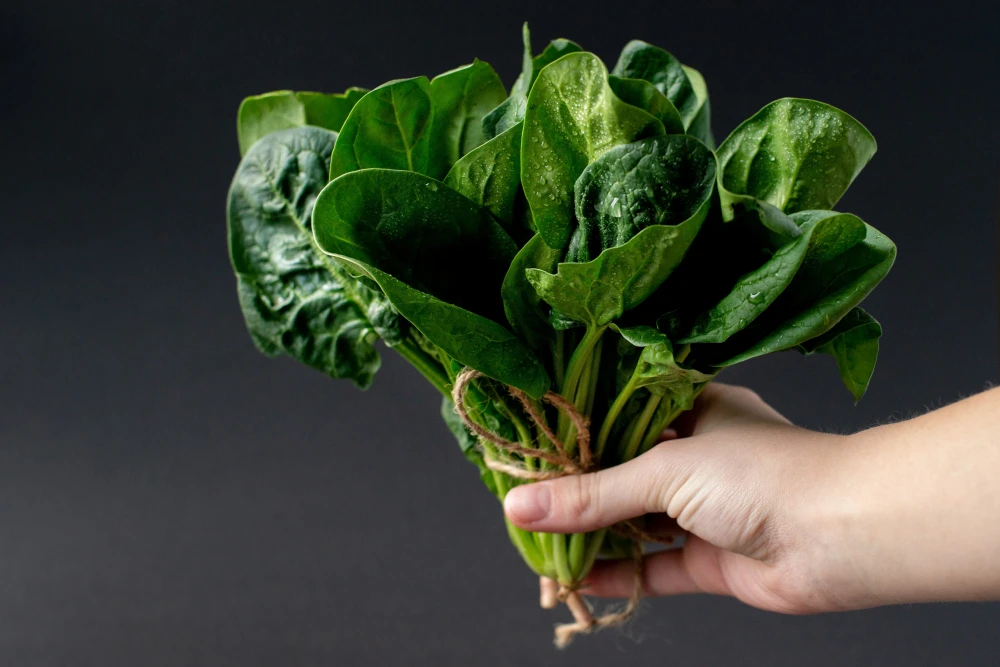
Grows almost year-round in zones 5-9. Mature plants can handle 15°F or colder, especially with mulch.
Best cold variety: Long Standing Bloomsdale
When to plant: Direct sow in early fall or late summer
Happy temperature: 40-70°F
The hack: Mulch heavily and you can harvest spinach through winter
Spinach grows fast from seed and gives you leaves packed with iron.
10. Carrots (Hardy to 15°F)
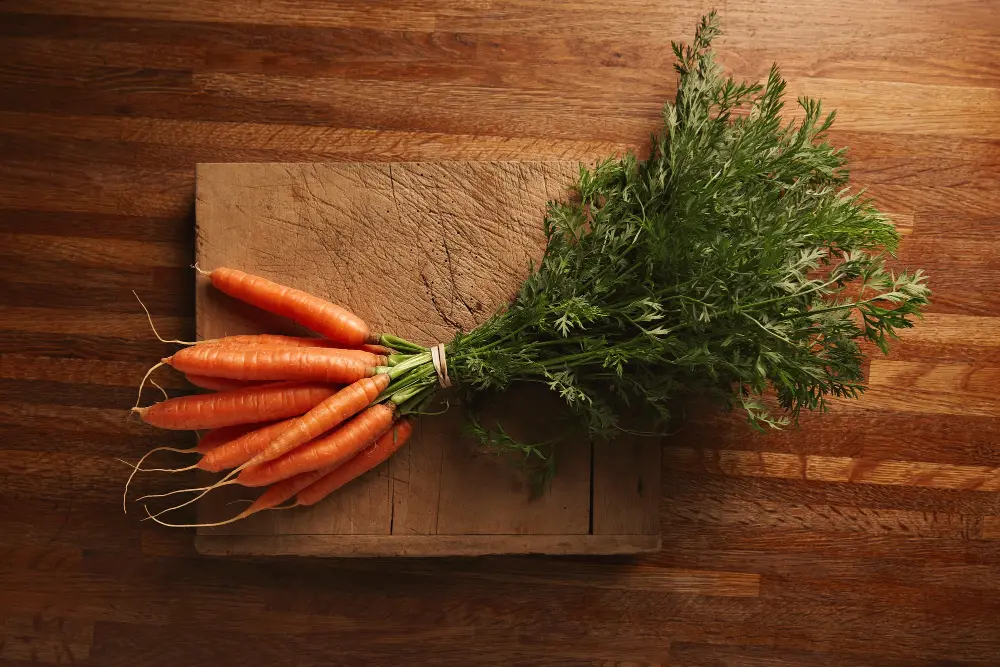
Cold weather turns carrots into candy. When soil temperature drops below 40°F, carrots develop way more sugars. Freezing makes them even sweeter.
When to harvest: October through March if you time it right
The secret: Mulch heavily so the ground doesn’t freeze solid
Best part: Leave them in the ground until you need them
Pull a carrot in January and it’ll be the sweetest carrot you’ve ever tasted.
11. Cabbage (Hardy to 15°F)
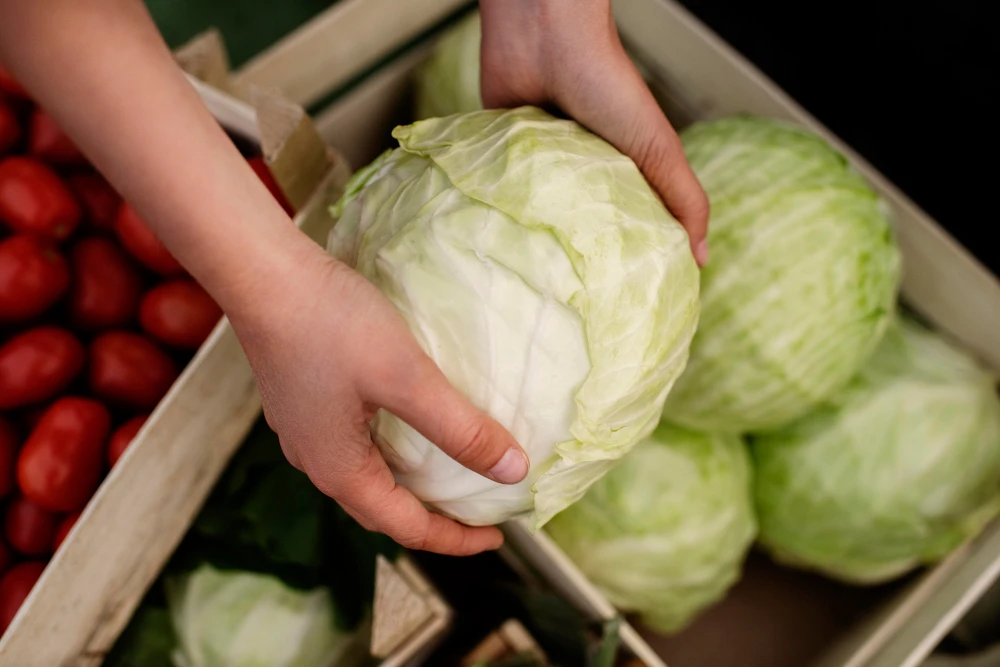
Dense cabbage heads can take frost. Some varieties handle temperatures in the teens for days.
Best cold varieties: January King, Deadon (semi-savoy types)
When to plant: Mid-August from starts
Spacing: 24 inches apart
Harvest: December through January
The outer leaves might freeze and look bad, but the inner head stays perfect. And frost makes cabbage sweeter.
12. Swiss Chard (Hardy to 15°F)
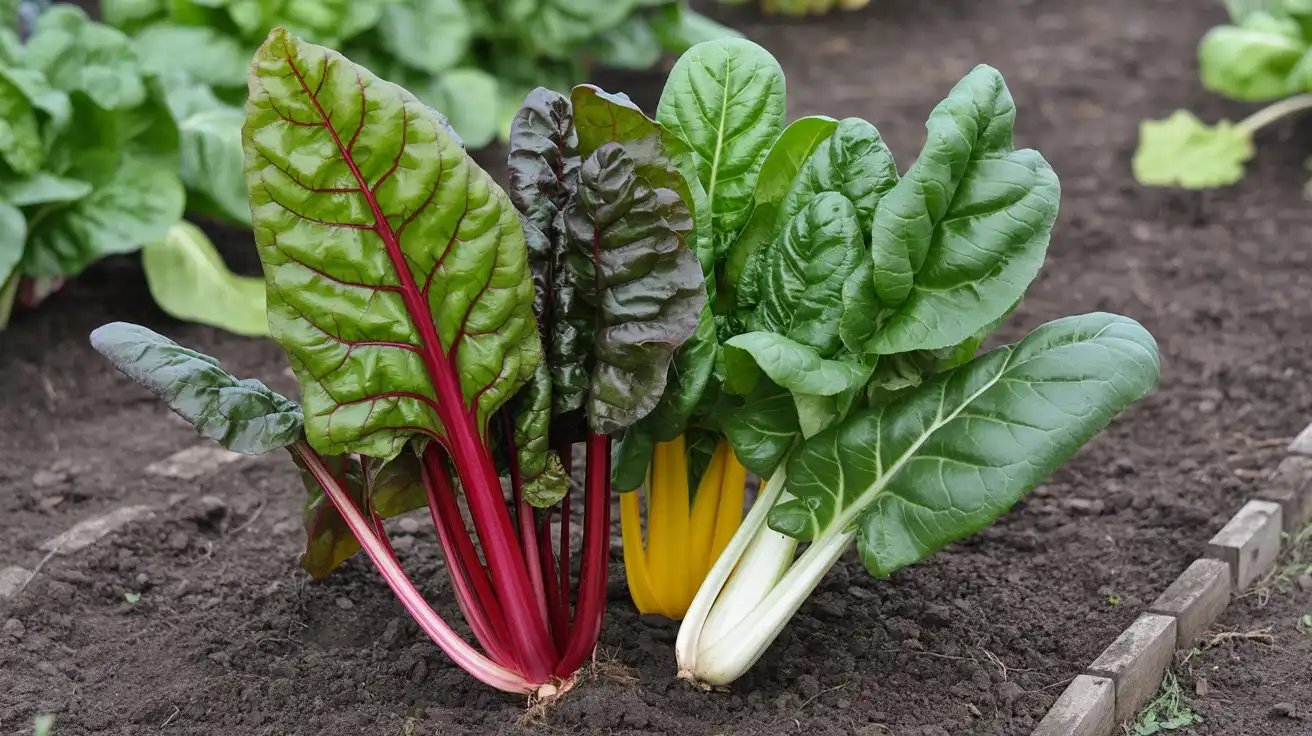
Keeps growing after multiple frosts. Can tolerate down to 25°F without protection.
Spacing: 6-12 inches apart
How to harvest: Cut outer leaves, let the center keep producing
Color option: Bright Lights variety adds red, yellow, and orange stems to your winter garden
Plant chard in a sunny spot with good drainage and it’ll feed you for months.
13. Turnips (Hardy to 15°F)
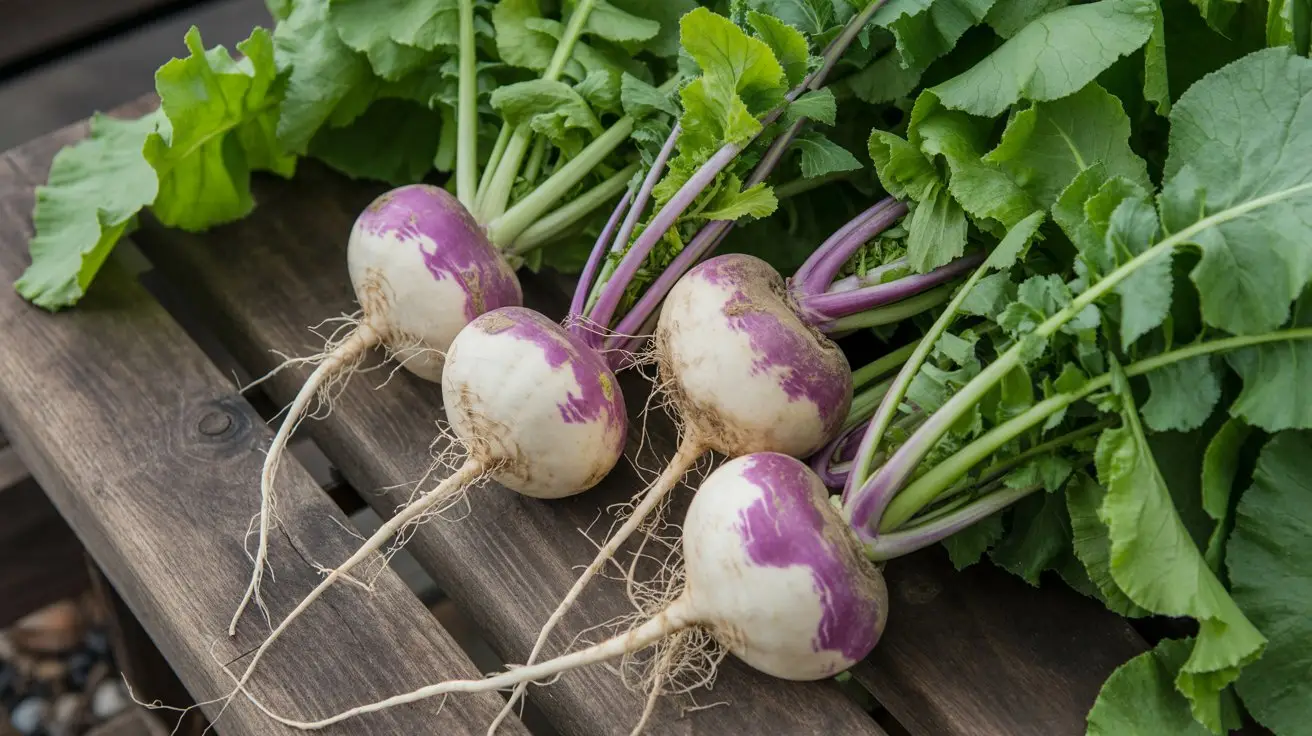
Both the roots and the greens are edible and cold-hardy. Cold weather makes turnips less spicy and more sweet.
Best varieties: Purple Top, Tokyo Market (Hakurei type)
When to plant: Direct sow in late summer
Storage: Keep for months in cool temperatures
You can eat turnip greens all winter and dig up the roots as you need them.
14. Radishes (Hardy to 20°F)
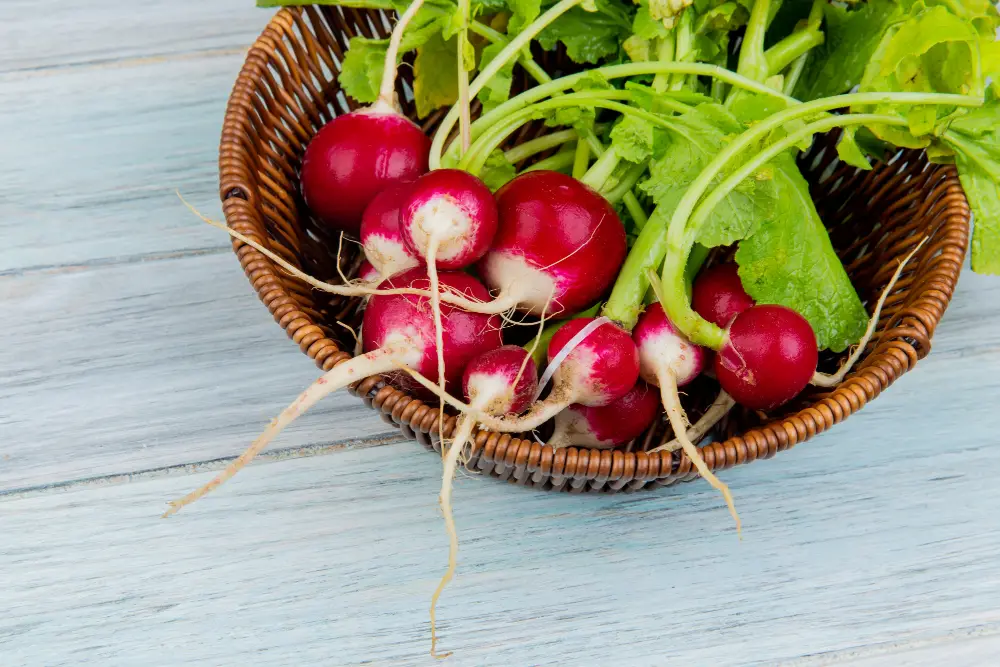
Most radishes handle light frost. Some varieties are much tougher.
Standard radishes: Cherry Belle survives to about 20°F
Cold champions: Daikon survives to 10°F, Black Winter radishes grow right up to hard frost
Growing time: 25-30 days for regular radishes
Best for winter: Daikon and Black Winter for storage types
You can succession plant radishes in fall for continuous harvests.
15. Arugula (Hardy to 25°F)
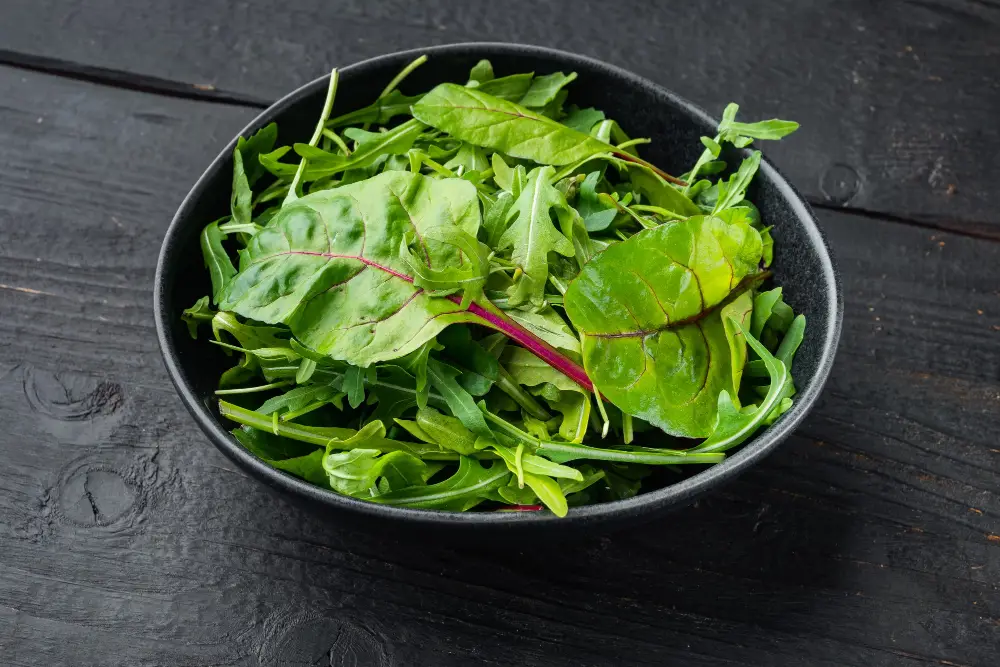
Good for October planting in cold frames or protected spots. Some arugula varieties are hardier than others.
Growing time: 30-40 days
Flavor note: Gets more peppery in cold weather
When to plant: Direct sow in early fall
How to harvest: Cut-and-come-again style. Cut leaves and more grow back.
Tips for Growing Cold Vegetables
1. Time it right
Most cold vegetables need to be planted in mid-summer to early fall. They need time to mature before the really cold weather hits. A mature plant survives way better than a young one.
2. Mulch heavily
Mulch keeps the ground from freezing solid. This lets you harvest root vegetables all winter. Use straw, leaves, or wood chips. Layer it 4-6 inches thick.
3. Use row covers for extra protection
Floating row covers add about 4-8 degrees of protection. They let light and water through but trap heat. You can leave them on all winter.
What Happens When Vegetables Freeze
Most cold-hardy vegetables can freeze and thaw multiple times without dying. Their cells don’t rupture like tender plants.
But there’s a limit. If temperatures stay below a vegetable’s hardiness level for too long, it will eventually die.
The leaves might look wilted or damaged after a hard freeze. But the plant is often fine. It’ll bounce back when it warms up a bit.
Why Frost Makes Vegetables Taste Better
When plants detect cold temperatures, they convert stored starches into sugars. The sugars lower the freezing point of their cell fluids, which protects them.
This is why carrots, parsnips, Brussels sprouts, kale, and cabbage all taste sweeter after frost. You’re literally tasting the plant’s survival mechanism.
Some gardeners won’t harvest these vegetables until after several hard frosts. The difference in flavor is that dramatic.
Start Your Winter Garden
You don’t need a greenhouse or special equipment. These vegetables grow in regular garden beds with basic protection.
Pick a few vegetables from this list. Plant them at the right time for your area. Add mulch. And you’ll be eating fresh vegetables when everyone else is buying sad grocery store produce.

